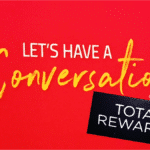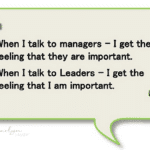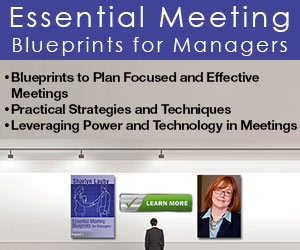I ran across a very interesting article from Harvard Business Review titled,” Neurodiversity as a Competitive Advantage”. It talked about a growing number of organizations such as SAP, Microsoft, Hewlett-Packard, Towers Watson, and EY who are reforming their HR practices to capitalize on the talents of people with neurological conditions such as autism and dyslexia. According to the article, unemployment for individuals in this group can run as high as 80 percent.
It reminded me of a presentation at BetterWorks Goals Summit. Joelle Emerson from Paradigm discussed fostering a growth mindset culture to reduce bias. Her point was, organizations need to focus on helping employees understand the advantages of diversity rather than guilting people into adopting a diversity strategy. And the way to do it is with a growth mindset.
Emerson recommended the book “Mindset: The New Psychology of Success” by Carol Dweck as a resource for learning more about the concept. Dweck writes that we can have a fixed or growth mindset. A fixed mindset is one where individuals believe that “you are who you are” and you can’t really develop in a particular area. Conversely, a growth mindset is when you can be anything you want because you feel that you can develop yourself. Think of it as nature versus nurture.
When it comes to organizations, a growth mindset is one where the organization is willing to take on more risk, set more goals, and be willing to accept failure. Organizations can foster a growth mindset to reduce bias and stereotypes. A few weeks ago, I ran a post from David Rock’s sessionat last year’s Society for Human Resource Management (SHRM) Annual Conference about bias. He mentioned that teams can deal with bias by focusing on processes. Emerson said the same and offered a few specifics on how to do it.
- Avoid fixed mindset language. For example, using phrases like a candidate needs to have “selling in their DNA” promotes a fixed mindset because it implies that people can’t learn or develop sales ability.
- Focus feedback on the process not the person. This means defining the process criteria in advance. Don’t reverse engineer into it. This will allow teams to apply criteria consistently, using the same criteria each time. Create a process checklist if necessary.
- Gather and use good data. Compare performance to the standard, not to other biases.
- Talk openly about mistakes and failures. I’ve mentioned before about how much I enjoyed hearing Sara Blakely, founder of Spanx, talk about failure. Consider having a favorite mistake of the week in meetings. The online publication Slate publishes a post titled “our mistakes of the week”.
- Raise awareness. When organizations talk about mindset, diversity, and inclusion, they’re not talking about THE strategy. They’re talking about a part of the overall business strategy.
My takeaway from these pieces was that organizations need to view talent from a unique perspective instead of trying to implement a one-size-fits-all approach. This places a huge responsibility on HR to design work that can be completed by a diverse group of individuals, each with diverse talents.
It also means that managers need to be trained to manage and coach a diverse group of people. Managers cannot expect employees to conform to their leadership style. Sure, that’s the easy way. But easy doesn’t get the organization the best talent.








Michael B Lapointe says
One former boss said to me … “Mike … I just can’t peg you.” I believe in mind growth. I’m not a rock. I believe my mind and soul is constantly changing. Not to change is insanity. Even a rock changes through erosion.
Ryan Gottfredson says
Great article! We need to be talking about mindsets more often. They are truly foundational to our thinking, learning, and behavior; and consequently our success in life, work, and leadership.
If any readers are interested, I have developed a free personal mindset assessment that they can take to assess the degree to which they possess a growth mindset (along with a few other mindsets that drive success): https://ryangottfredson.lpages.co/personal-mindset-assessment-1/.
Jessica Cody says
Nice thoughts here. Many times one of the problems that keeps companies from hiring more diverse talent is unconscious bias hiring managers have when sorting through candidate profiles. Using software that removes details that may influence the hiring manager’s decision such as where they are from, where they went to school or gender or ethnic background can be a huge help in removing bias and selecting the right candidate for the job.
Jessica Cody says
Nice thoughts here. Using software that removes details that may influence the hiring manager’s decision such as where they are from, where they went to school or gender or ethnic background can be a huge help in removing conscious or unconscious bias and selecting the right candidate for the job.